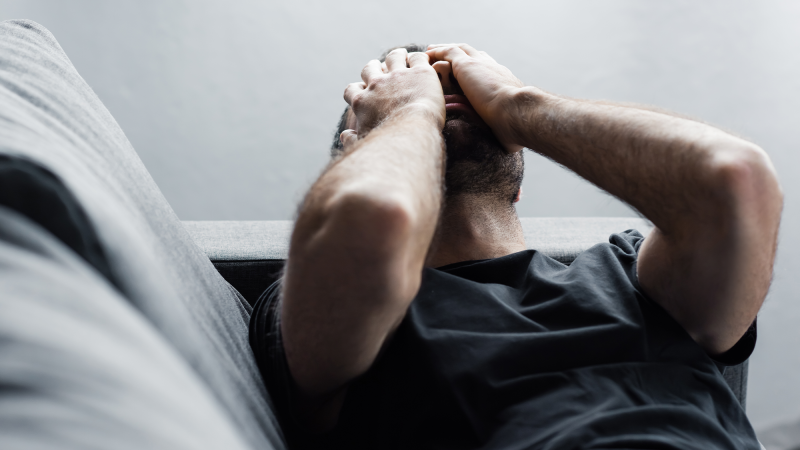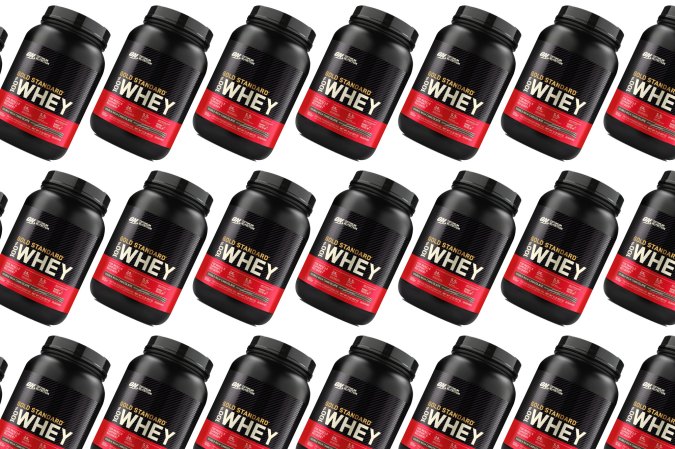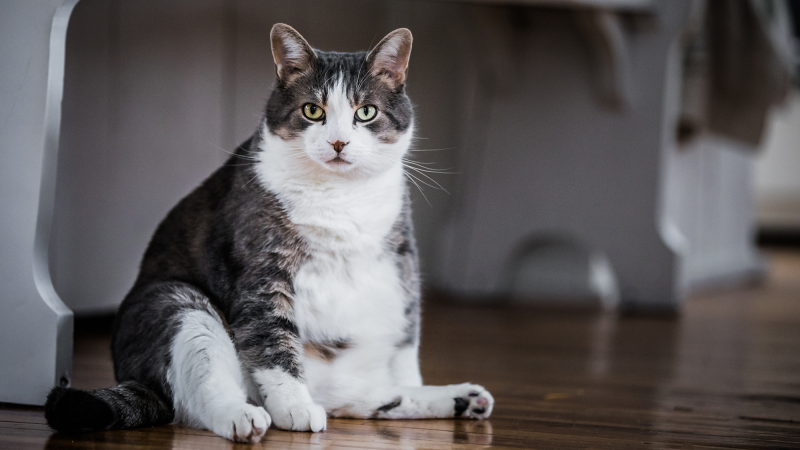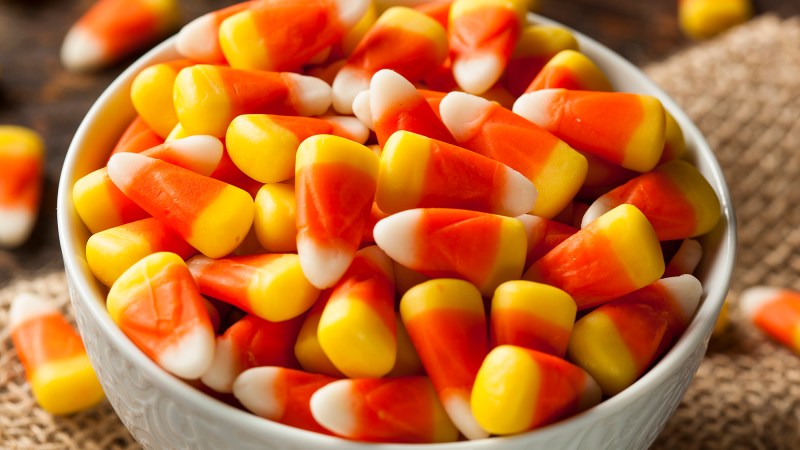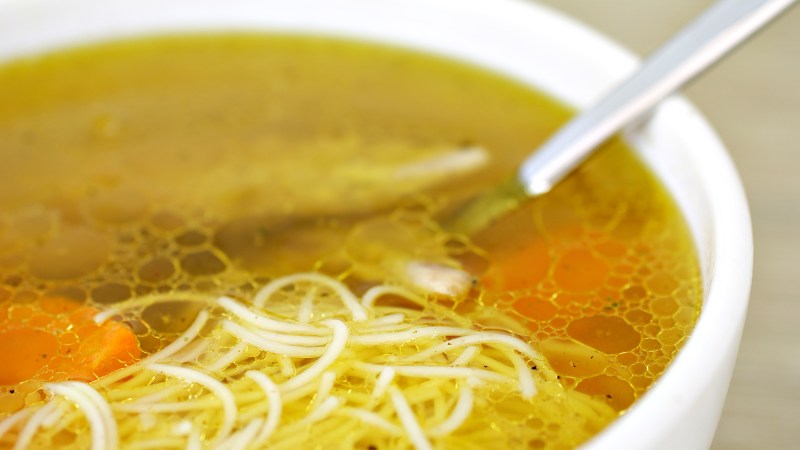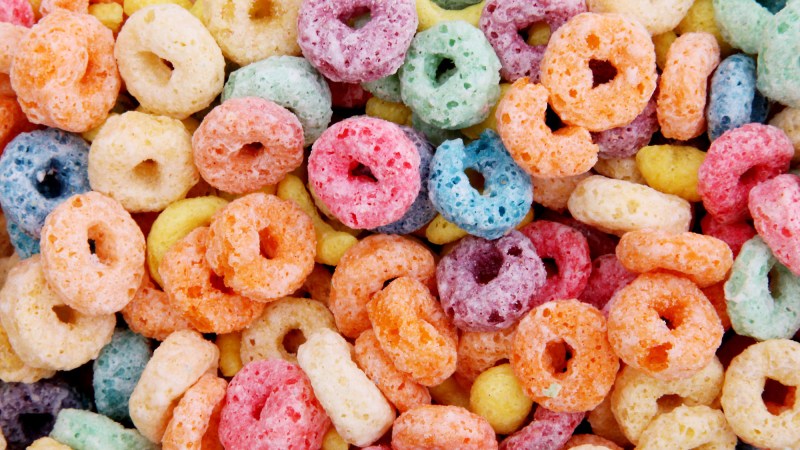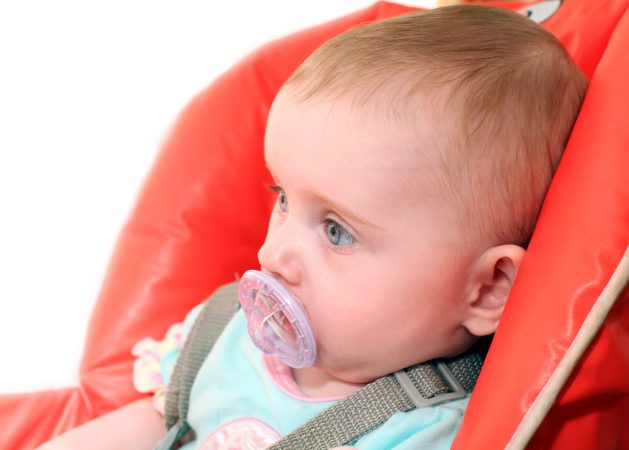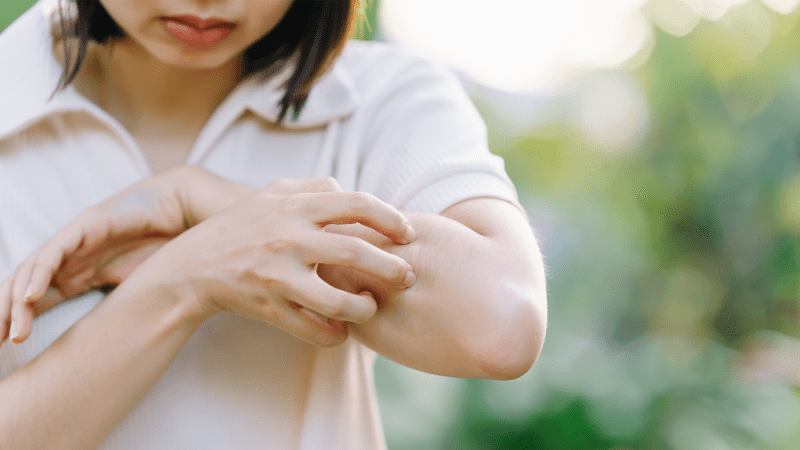

Grinding coffee beans at home is arguably the best way to get a fresh cup of coffee, but this process can be pretty messy. The friction created by breaking up the beans generates static electricity that makes the coffee clump together and stick to the grinder. However, a team of chemists and volcanologists is here to solve this caffeinated nightmare, joining forces to investigate how moisture affects this static buildup. They found that adding a drop of water to the beans before grinding cuts the static and makes a better tasting espresso. Their findings are highlighted in a study published December 6 in the journal Matter.
[Related: Scientists brew stronger concrete with coffee grounds.]
While coffee enthusiasts and the $343.2 billion United States coffee industry have long known that coffee grinding generates static electricity, how different properties including origin or roast impact static have been more mysterious. Some baristas already use the Ross Droplet Technique and use a wet teaspoon or water on beans before grinding.
The new study shows how moisture in espresso beans affects static charge builds up and how it can be altered. The team found that when coffee beans have higher internal moisture, they produce less static electricity. This can eliminate some waste and give consumers more bang for their buck and makes more consistent and intense-tasting espresso.
“Moisture, whether it’s residual moisture inside the roasted coffee or external moisture added during grinding, is what dictates the amount of charge that is formed during grinding,” study co-author and University of Oregon computational materials chemist Christopher Hendon said in a statement. “Water not only reduces static electricity and therefore reduces mess as you’re grinding, but it can also make a major impact on the intensity of the beverage and, potentially, the ability to access higher concentrations of favorable flavors.”
To study what factors are behind the electricity generation, Hendon worked with a team of volcanologists. During volcanic eruptions, scientists study similar electrification processes.
“During eruption, magma breaks up into lots of little particles that then come out of the volcano in this big plume, and during that whole process, those particles are rubbing against each other and charging up to the point of producing lightning,” study co-author and Portland State University volcanologist Joshua Méndez Harper said in a statement. “In a simplistic way, it’s similar to grinding coffee, where you’re taking these beans and reducing them to fine powder.”
They ground both commercially and in-house roasted espresso beans. The beans varied by factors including country of origin, roast color, processing method (natural, washed, or decaffeinated), and moisture content. They measured the amount of static electricity produced during grinding and compared the impact of grinding coarseness on the amount of electricity produced.
[Related: How a popcorn popper can help you roast coffee beans at home.]
There was no association between static electricity and where the country was grown or its processing method. However, the team did find associations between electrification and particle size, roast color, and water content.
When the coffee had a higher internal moisture content and when it was ground at a coarser setting, less electricity was produced. The lighter roasts produced less electrical charge and the charge was more likely to be positive.
Darker roasts tend to be drier and the dark roasts studied were charged negatively and produced more overall charge. The team also saw that dark roast coffees produce much finer particles than light roasts when ground at the same setting.
The team then tested whether grinding the beans with water changed the way espresso is brewed. The beans ground with water had a longer extraction time and a stronger brew, even if they were made with the same beans. Using water in the grinder also produced espresso shots that tasted more similar from shot to shot.
While they only tested espresso, the team believes that these benefits should apply to many other brewing methods.
“The central material benefit of adding water during grinding is that you can pack the bed more densely because there’s less clumping,” said Hendon. “Espresso is the worst offender of this, but you would also see the benefit in brew formats where you pour water over the coffee or in small percolation systems like a stovetop Bialetti. Where you’re not going to see a benefit during brewing is for methods like the French press, where you submerge the coffee in water.”
In future studies, the team plans to follow up with more studies on the quest to prepare the world’s best cup of coffee. This work also has implications beyond the caffeinated, and could offer insight into how granular materials are electrified.
“It’s sort of like the start of a joke—a volcanologist and a coffee expert walk into a bar and then come out with a paper, but I think there are a lot more opportunities for this sort of collaboration, and there’s a lot more to know about how coffee breaks, how it flows as particles, and how it interacts with water,” said Méndez Harper. “These investigations may help resolve parallel issues in geophysics—whether it’s landslides, volcanic eruptions, or how water percolates through soil.”
